An easy recipe for homemade basic vegetable stock for soups, ramen, risotto, sauces, casseroles, and even in a vegetable khichidi instead of plain water, to give it more body and flavour.
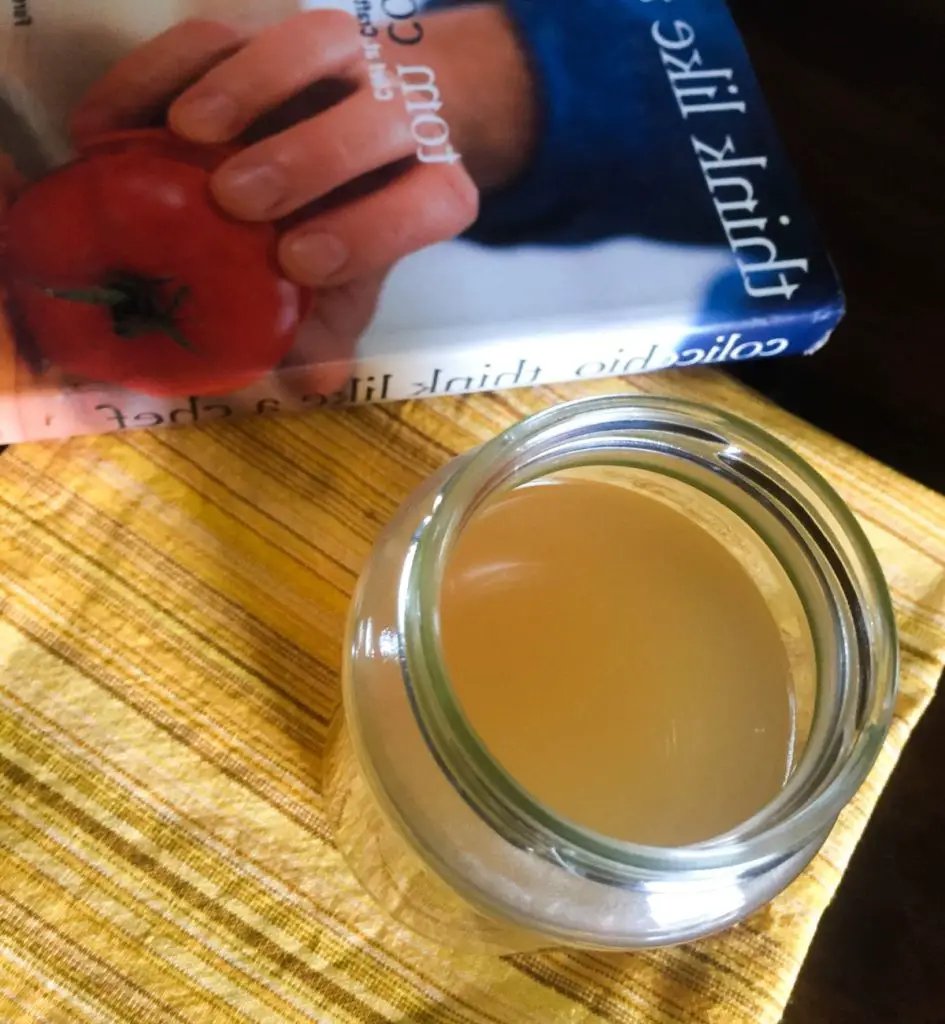
This post has been long pending, and is for such a simple recipe that I really should have written it up much earlier. A bottle of stock in the fridge or a bag of it in the freezer is so useful when you need to make soup or risotto or anything else which can use a good homemade stock. So easy - you just need to clean and slice the veggies and herbs, put them in a pot of water and let the stock slow cook with minimal supervision.
Recipes For Using Vegetable Stock:
The basic vegetable stock adds to the taste of homemade soups such as in the following recipes on this blog:
Why Homemade Stock?
A good basic stock made at home adds to the nutrient value and flavours of the food. It can be made and frozen for later use. It helps reduce the use of processed store-bought stock and stock cubes, except in an emergency. You also have the advantage of controlling what goes into the stock, including the amount of salt.
Flavour Profile For Stock
For your vegetable stock, include herbs and seasonings based on what the stock is going to be used in. Garlic and bay leaf too may be added if they will fit in with the profile of the dish the stock is meant for. To illustrate, I made this particular batch of stock for a pea mint basil soup. As I didn't want the flavours of the herbs to be overpowered, I did not include rosemary as I would normally do for stock. Further, I cut the garlic to half of what I would otherwise use, and I added leeks. If I were going to make a roasted pumpkin soup, on the other hand, rosemary and thyme would be good additions.
Other vegetables that may be added, apart from the basic carrot, onion and celery, are: mushrooms, pears, apples, leeks, sweet peppers/bell pepper. I don't add tomato to my stock as it makes it tangy as well as gives a reddish tinge to it. The choice of vegetables depends on what you plan to use the stock in. For most soups, any of these vegetables would suit. When adding scraps, keep the same flavour profile in mind.
Of course you may not always plan ahead and know what your homemade vegetable stock is to be used in, in which case, just add flavours that you are generally comfortable with - the basic onion, celery and carrots, some herbs and seasoning.
Making Basic Vegetable Stock
For your basic vegetable stock, onion, carrots, celery are the main ingredients.
The process of making homemade vegetable stock is simple. All it needs is a few minutes of prep -wash the vegetables well, scrubbing them nicely. You don't need to peel the carrots or even the onions if you wish. I like to to add shallots to the vegetables for the stock as they add to the flavour.
Once you get the stock to simmer, just keep an eye on it occasionally, for the hour or so that it needs on the stove, and. check that the water level is adequate and doesn't boil away.
I add only a pinch of salt to the stock, and leave the seasoning to be done at the time of making the main dish (soup, ramen, risotto, etc).
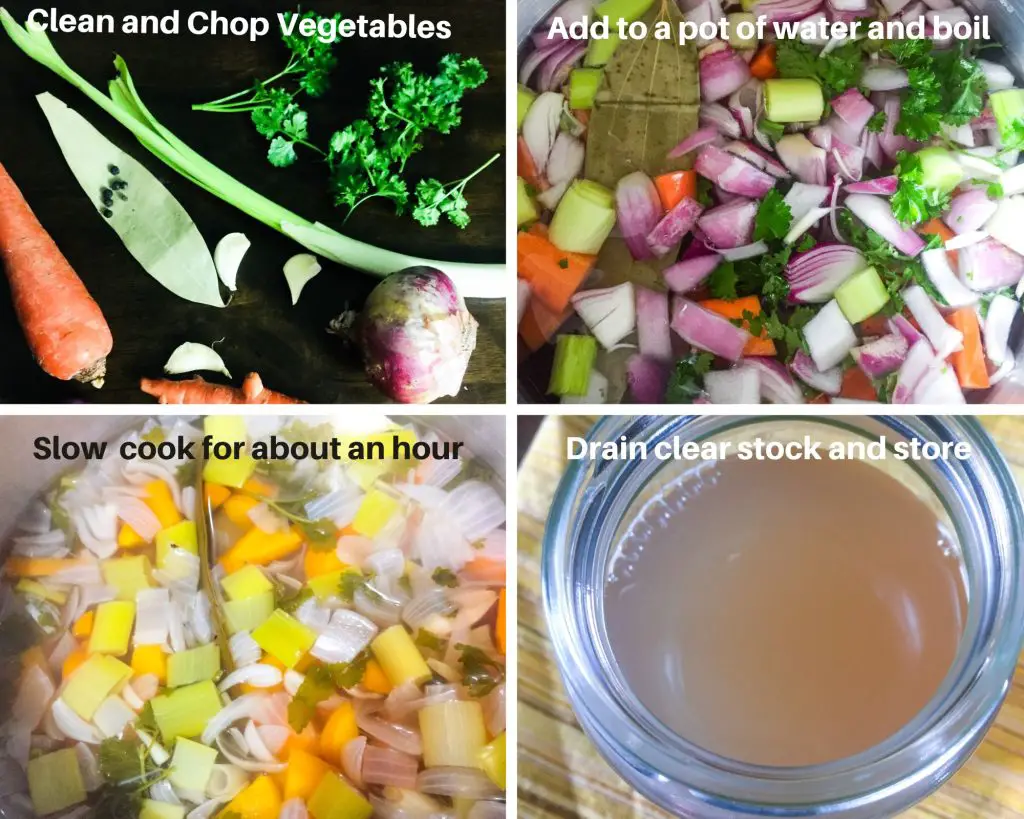
Using Vegetable Scraps in Stock
Vegetable scrap collected for a week or two and stored in a bag in the fridge may go into the making of vegetable stock.
Washed/cleaned, potato peel, carrot tops, onion skin, carrot peel, greens that are wilted and no longer fresh, green stems of kale, spinach and collard greens - you get the picture.
Other scraps that may be used are corn cobs, thick stems of fennel or chard, pea pods (fresh and not discoloured), trimmings of asparagus, celery root and herbs including cilantro/coriander and basil.
However including only scraps and too much of them, may not give the stock body and flavour. Too much of onion skins or tomato seeds may turn the stock bitter.
Scrap or vegetables that are beginning to spoil should not be added as they will affect the taste of the stock.
Which Vegetables Should Not Be Added in Stock
Potatoes can make the stock starchy, clouded and mushy and hence are best avoided while making basic stock.
Quick cooking vegetables such as beans and zucchini do not take well to the hour or more of slow simmer that the homemade vegetable stock goes through, and can turn bitter.
Beetroot will take over the colour and flavour profile so its not usually added to stock.
Cruciform vegetables - cabbage, cauliflower, broccoli give a bitter flavour and the odour may not be pleasant.
Nutrition Values For This Recipe
The nutrition table provided below is for each cup of stock prepared, and not for individual servings, as the stock is not expected to be served at table but used in the preparation of other dishes.
"Recipe"
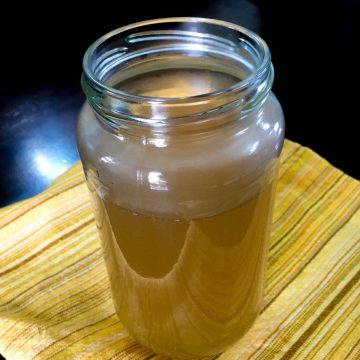
Homemade Basic Vegetable Stock - Easy DIY Stock
Equipment
- 1 Knife
- 1 Chopping Board
- 1 Thick bottomed pot
- 1 Colander/ Strainer
Ingredients
- 2 Onions About 1 cup when chopped. With or without the peel
- 3 Carrots About 1.5 cups when chopped. With or without the peel
- 4 Shallots About ½ cup when chopped. With or without the peel
- 2 Celery stalks and tender leaves About ½ cup when chopped
- 3 Garlic cloves lightly smashed
- 1 Bay Leaf
- ½ tablespoon Parsley minced/ sliced small
- ½ teaspoon Black Peppercorns
- 10 cups Water 10-12 cups
- 1 pinch Salt
Instructions
Preparation for making Vegetable Stock
- This recipe uses about 3.5 cups of vegetables with about 10-12 cups of water. Measurements are not important here, but this will give an idea of the proportions.¾ of the volume may be substituted with scraps (refer the post above for type of vegetables and scraps to use).
- Wash and scrub the vegetables. Carrot and onion, as well as apple and pear, if using need not be peeled. Top and tail garlic (slice away the head and end).Chop all of them into chunks about an inch in size. Mince (slice very small) or tear the herbs and scraps.
Making Vegetable Stock
- Bring a pot of water to boil, add all the chopped vegetables and herbs. Add a pinch of salt. Crush and add black peppercorns. Add bay leaf, if using.
- Once the water begins to boil again, reduce the heat to low. Slow cook, for about an hour.
- Strain the clear stock. Cooked vegetables left after straining may be added to the compost bin or garden soil, or discarded.
Cool and Store
- Once the stock has cooled, use or freeze in small portions such as 1 cup containers/freezer bags till required.
- The Nutrition table below is for each cup of stock prepared as per this recipe, and not for individual servings, as the stock is not directly to be consumed at table.




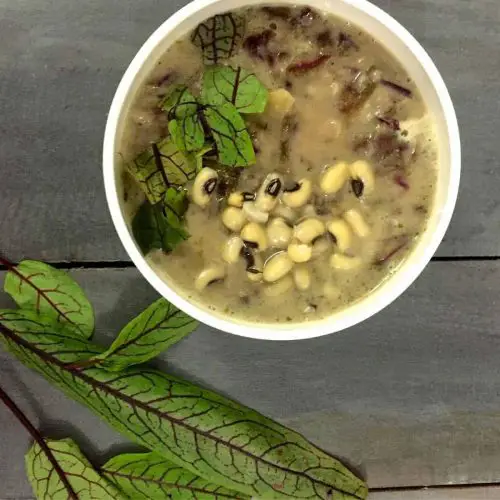

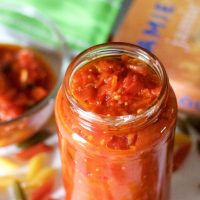
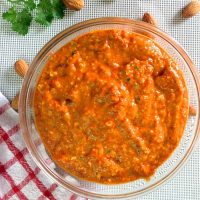

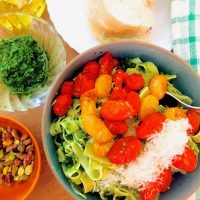
Comments
No Comments